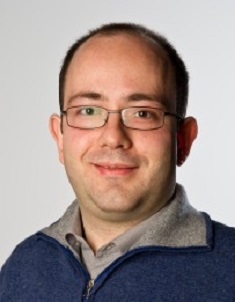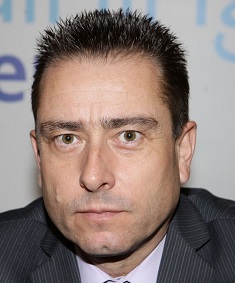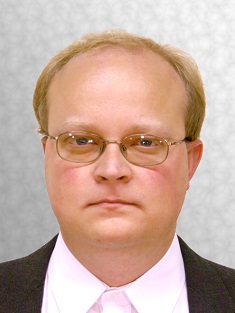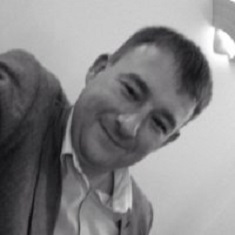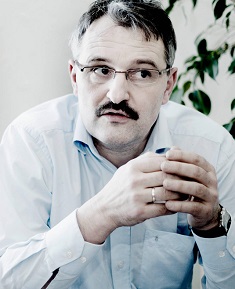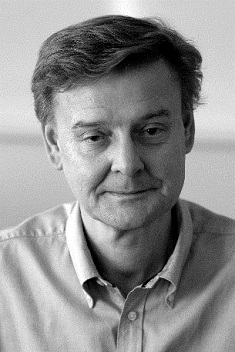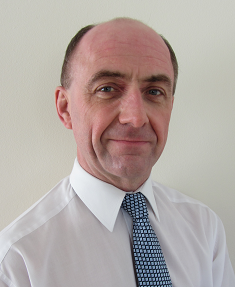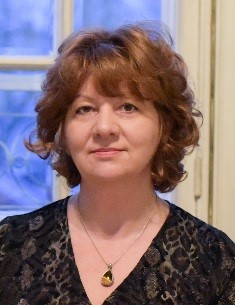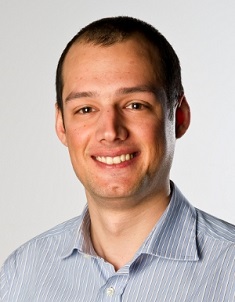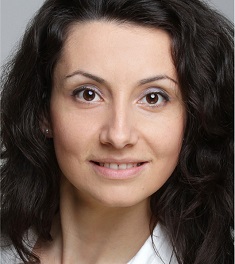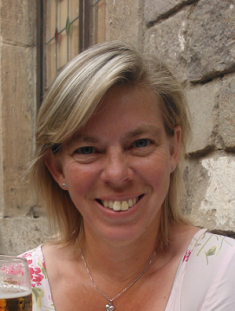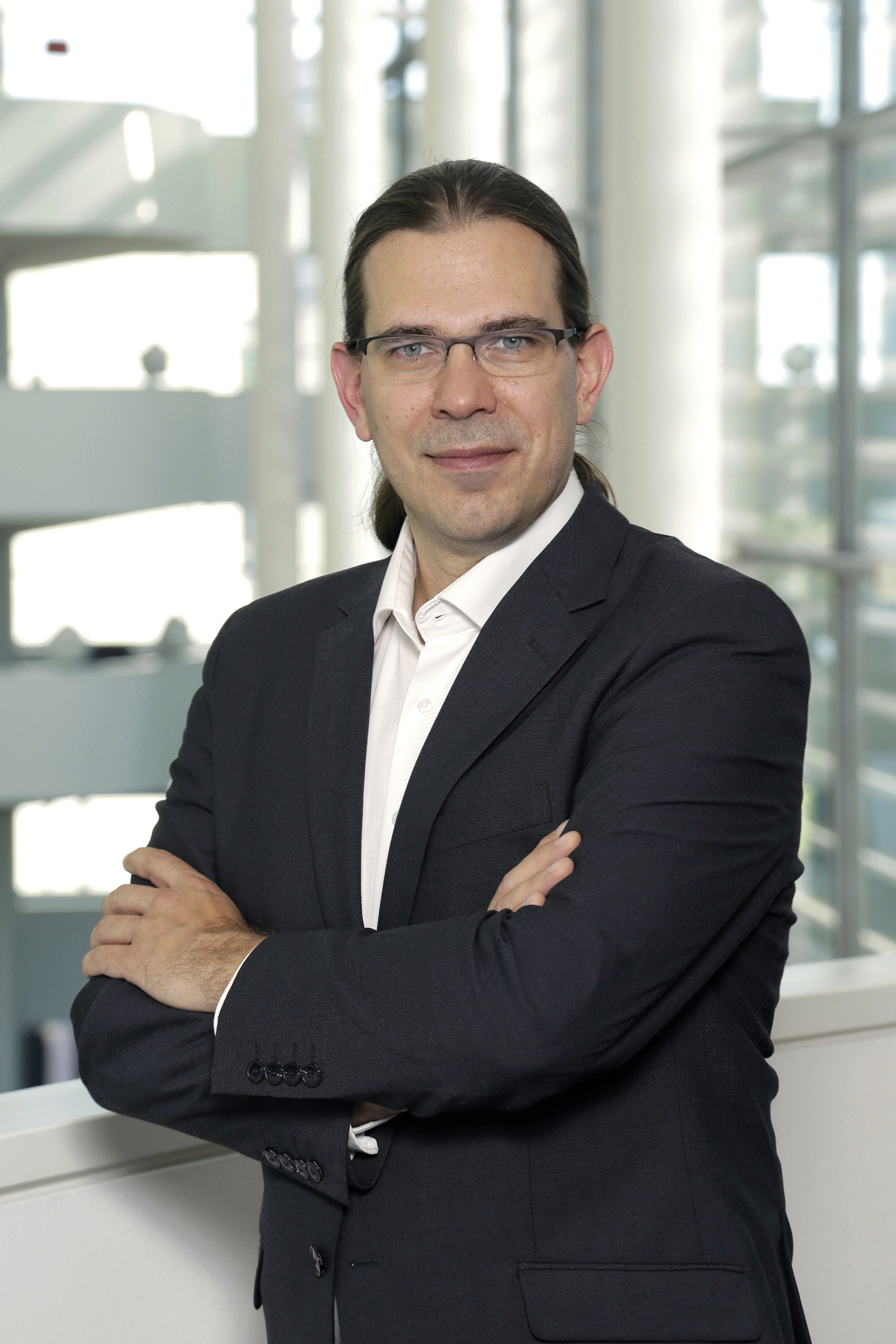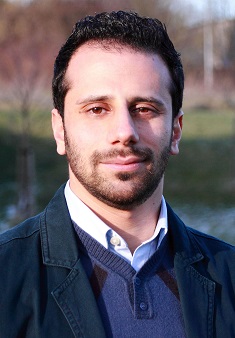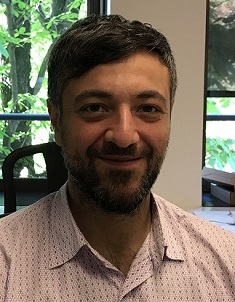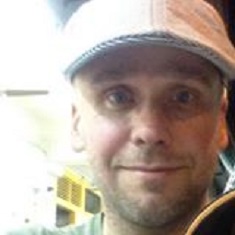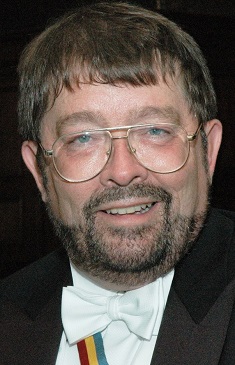Markus Eisenhauer, Fraunhofer FIT
Division Manager User Centered Computing and Head of Ubiquitous Computing, Fraunhofer Institute for Applied Information Technology - Markus Eisenhauer studied Psychology and Informatics at the University of Trier in Germany and received a PhD in Cognitive Psychology from the same University. Since 2001 he works at the Fraunhofer Institut for applied Information Technology (FIT) and is leading the Research Department on User Centered Computing, focusing on Ubiquitous Computing, Internet of Things, embedded and Cyber-Physical Systems, as well on M2M and HM-Interaction, Usability and Web-Compliance. Dr. Eisenhauer is the coordinator of several big European Projects and has participated in a multitude of large-scale national funded and European projects (German Industrie 4.0 and European IoT). He works as a Program Chair of international Conferences, Editor of scientific Journals and as Expert for the European Commission.

Large Scale IoT Pilots in Smart Cities – The MONICA Project
(Day 2, 11.50h)
| Large Scale IoT Pilots in Smart Cities - The MONICA Project |
| Large Scale IoT Pilots in Smart Cities - The MONICA Project |
